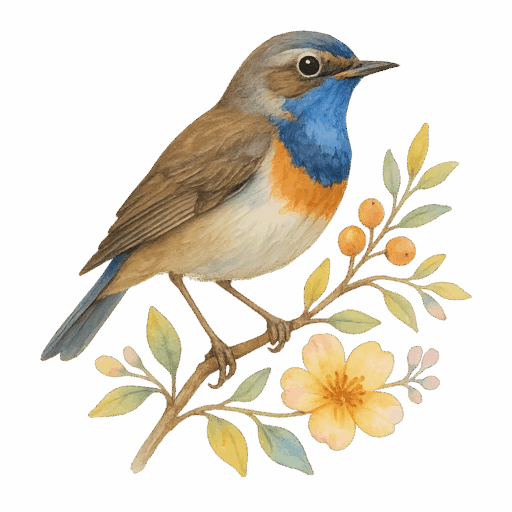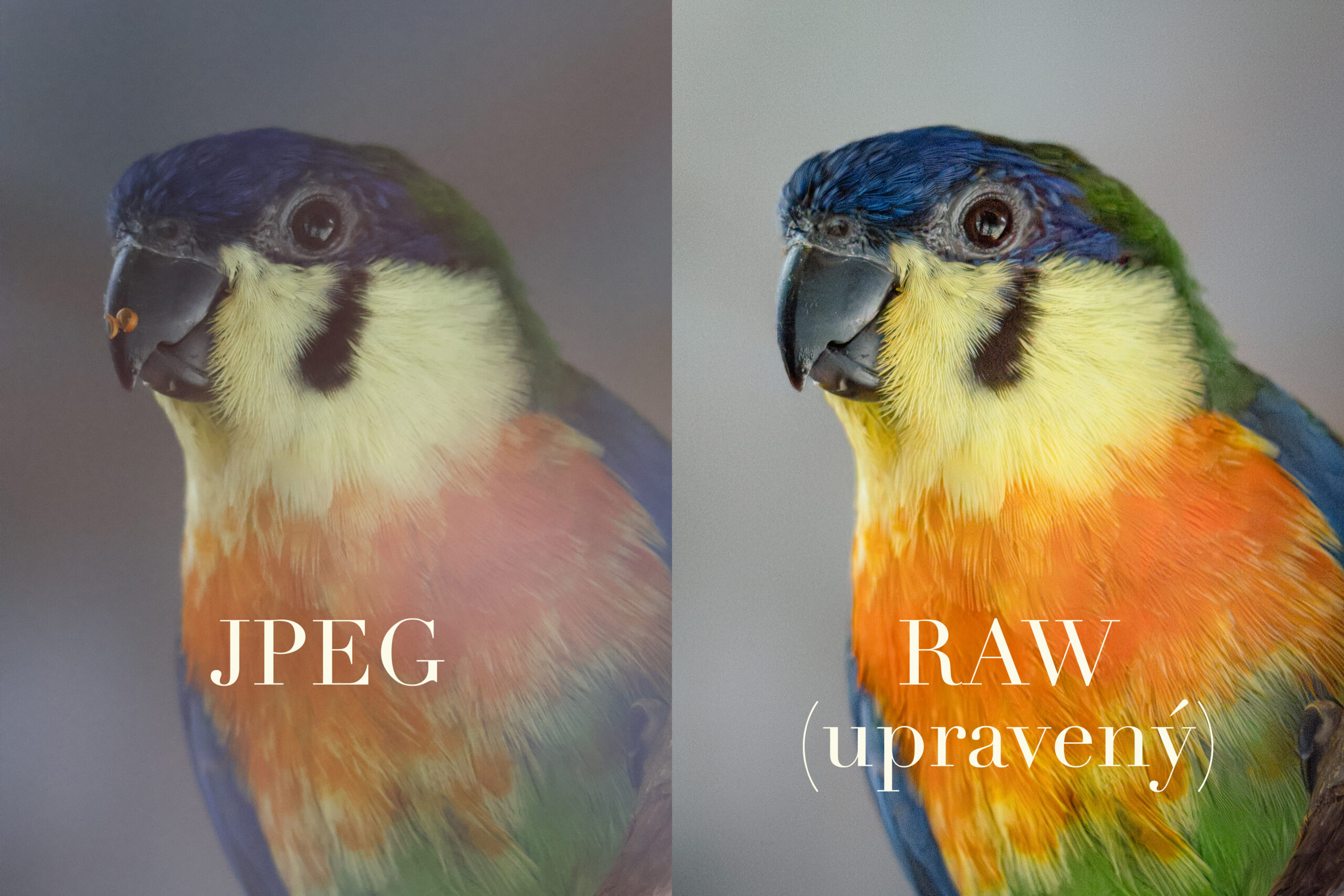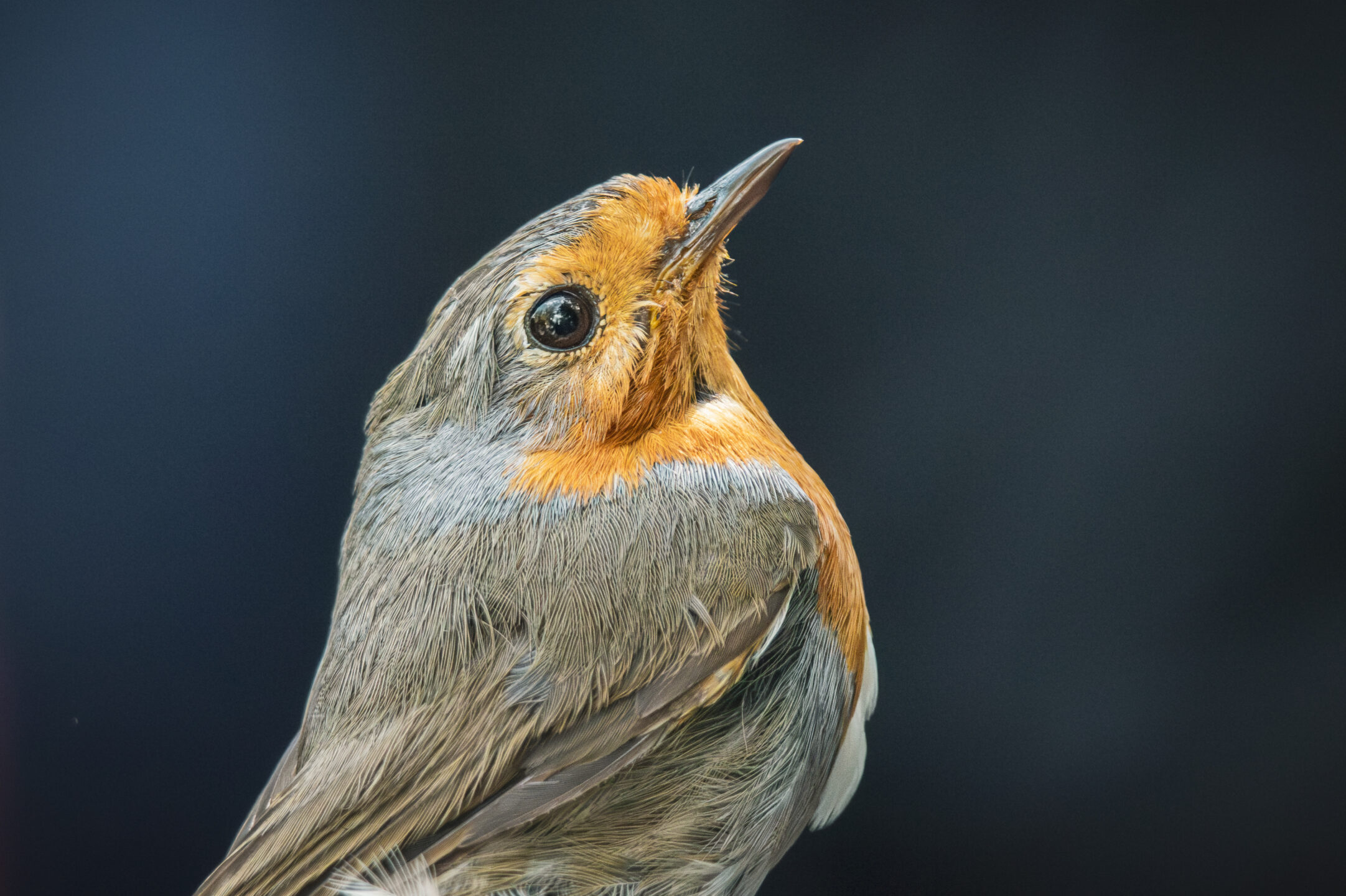
Behind the Shot: European Robin – Following the Song
In this multi-part series Behind the Shot, I’ll share some of my birdwatching and photography adventures with you. Together, we’ll retrace the journey behind my dream shot of the European robin. Well – I already took that journey. It’s been exactly a year since I began observing and photographing birds in the spring of 2024. Through photos of this beloved bird, I’d like to show you what my very first year of bird photography was like – and what I’ve learned along the way.
Let’s start from the very beginning. Each part of this series will tell the story of another joyful robin encounter. I have no hesitation in showing you my beginner photos. And yes – also my mistakes, plenty of them. Because that’s how we learn. I’m genuinely happy to look back with you at every meeting with this magical little bird – each one bringing a slightly better photo than the last – and to share what an amazing year of nature photography it has been.
Chasing a Feathered Virtuoso – My First Robin
Eyes fixed on the treetop, I trace the source of an angelically beautiful song. I squint against the bright sky, trying not to lose sight of the tiny virtuoso among the dancing, leaf-covered branches. With the grace of a seasoned hunter, I swing my “rifle” – my camera – from my side into ready position. Quick aim. No time for settings. Twist the lens, as far as my wrist allows, zooming to the max of my brave 400mm.
“Could it be…? No, that can’t be true,” I whisper in hopeful disbelief, studying the feathered performer through the viewfinder. The scene in the rectangular display is about as steady as a barfly’s world after his sixth beer. Still, I can make out a red patch stretching from the bird’s throat above its large dark eyes, glowing against a beige chest. In a rush of pure excitement, I press the shutter and fire a few shots – again and again. The little bird sings with such passion it seems he might pour his whole heart into the song. His tiny beak, wide open, spreads the tune through the forest like a natural woodland amplifier.
The final note fades, and the performer flies off stage – not even waiting for applause. I walk away down the forest path, eyes misty with joy and deep emotion. My loyal helper, the Merlin Bird ID app, confirms the singer’s identity: European robin (Erithacus rubecula).
“So the bird is real!” I laugh. Not just from fairy tales or Christmas cookie tins – it exists, and I had the honor to see it! Maybe one day I’ll see the bird again. On my memory card, I carry home the trophy – proof that the meeting wasn’t just a dream.
Beginner Mistakes in Bird Photography
“He who never made a mistake never tried anything new,” said a wise man once. After photographing Christmas trees, houseplants, flowers, and landscapes, a new adventure arrived for me – wildlife photography. And within it, I’ve found my favorite subject: birds.
But photographing a bird in the wild is a different challenge than capturing the façade of a castle or a peony swaying in the breeze.
So – how did my first robin photos turn out? How can you recognize a beginner in bird photography? Like this.
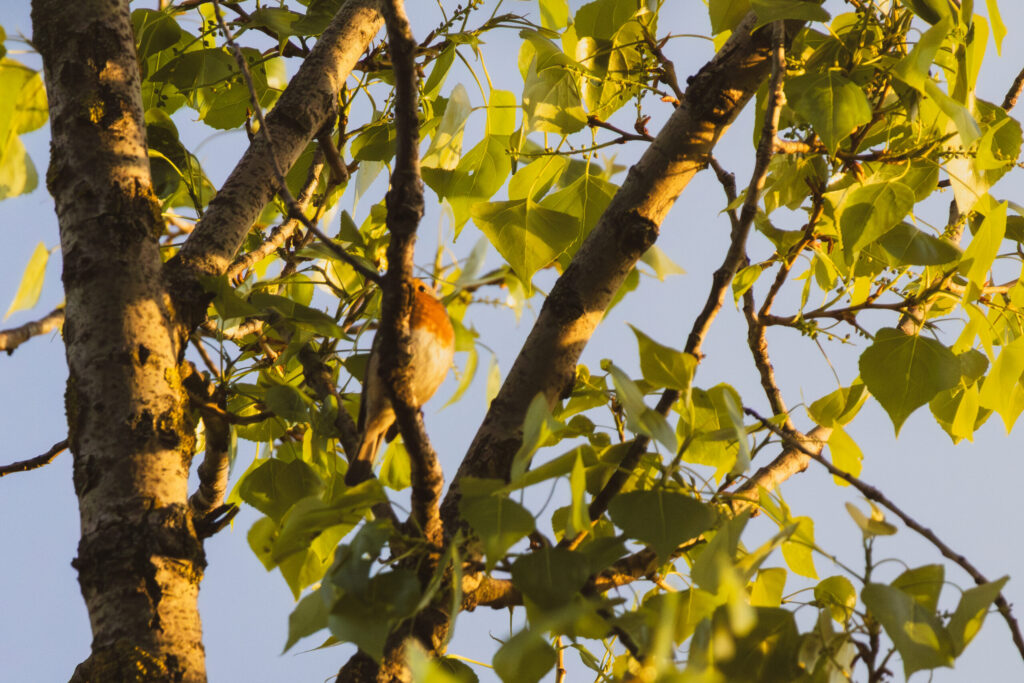
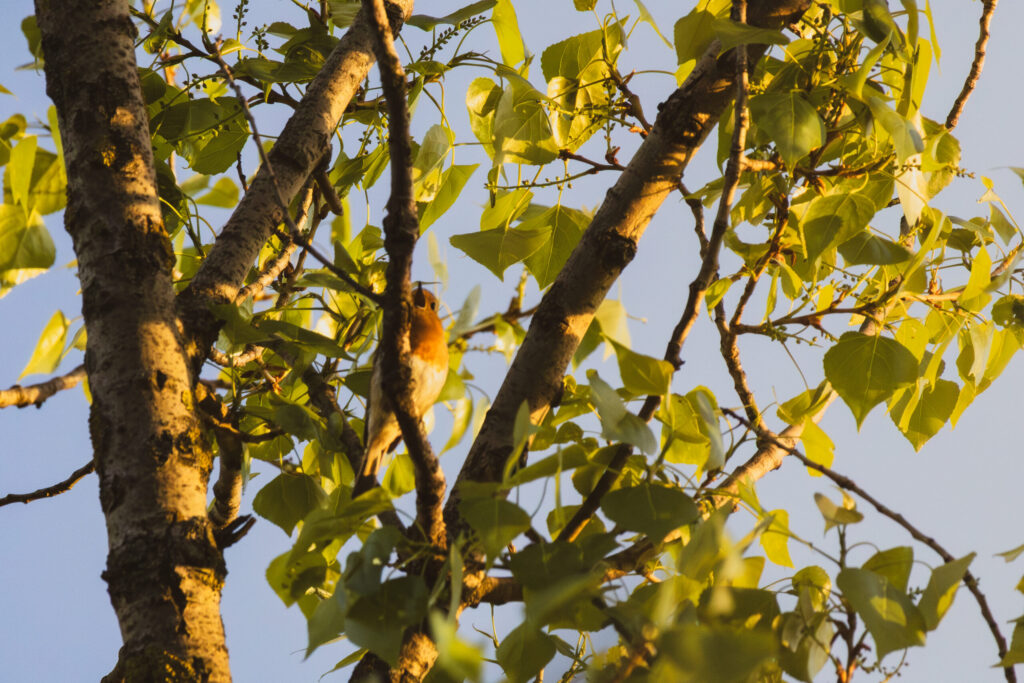
1. Shooting birds from below the branches
A beginner is thrilled just to spot a bird at all – and snaps it right away from under the tree, usually against the bright sky. On such photos, you mostly see… the bird’s belly. But ideally, you want a perspective that feels rare and intimate – a shot seemingly taken from the bird’s eye level. It gives the impression that you’re part of the bird’s secret world, and that alone makes the image captivating.
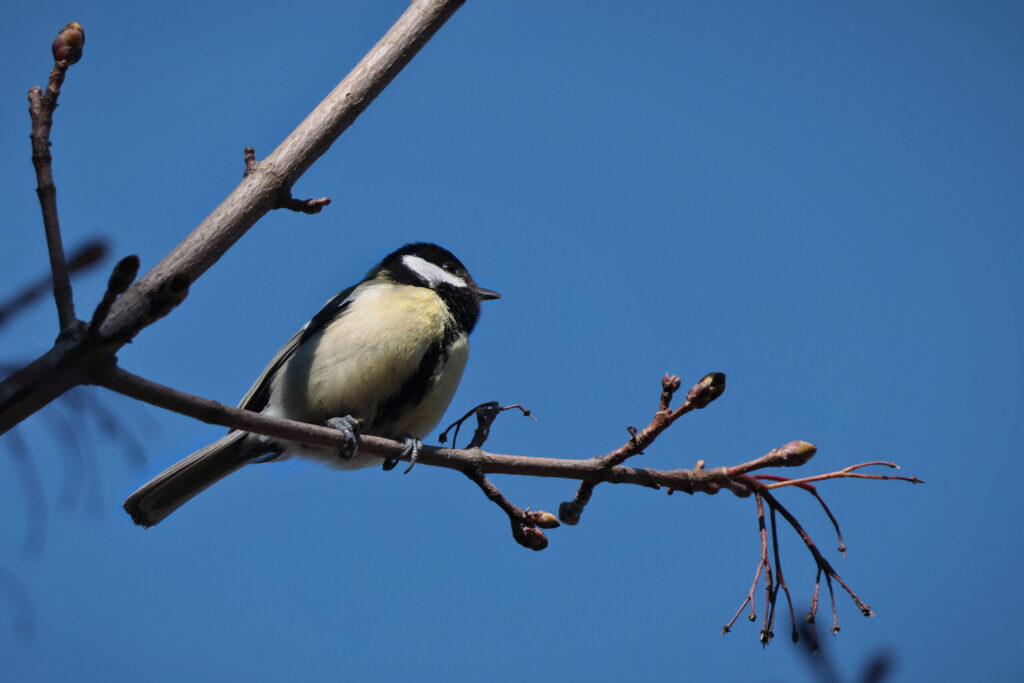
2. Unprepared camera settings for wildlife
When you’re new to photography, you’re still learning the basics – aperture, shutter speed, ISO. Modern cameras, though, offer many more features that make shooting easier and more efficient. For birds, you might want to try shutter-priority mode, or take advantage of animal eye detection and continuous autofocus tracking. And don’t forget burst mode! From my year of experience, I can say that for restless creatures like birds, it’s absolutely indispensable.
3. Lack of knowledge about the subject and environment
Discovering new species is delightful, but your results often depend on luck. Experienced photographers of those perfect bird shots will tell you that most of their work happened before taking the photo. They spent weeks studying the bird’s behavior, reading about it, visiting the same location, and observing quietly. The actual shoot was the icing on the cake.
If I know where the robin forages, where it nests, and whether it stays in our area year-round – I can plan better and improve my chances of success.
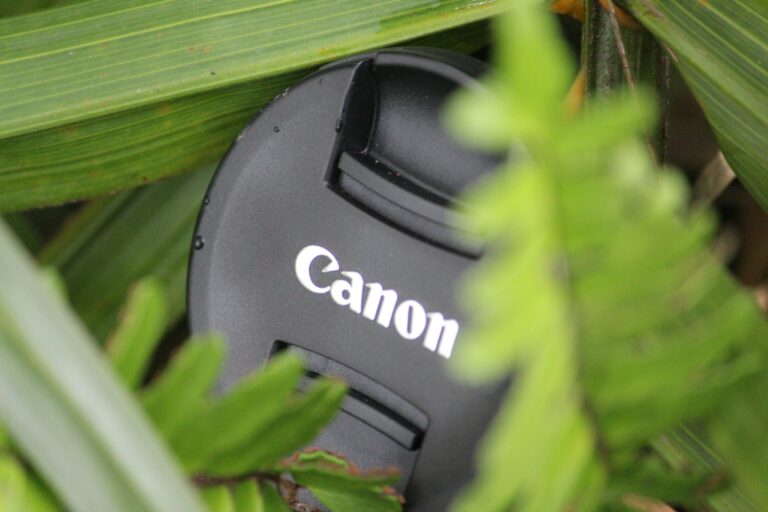
The Adventure Begins
All three of these beginner mistakes applied to my first robin shoot. And yet, when I came home, I was bursting with joy – my first robin! And yes, it really was one. That joy has never left me. I’m also happy to see how much I’ve learned since then – about robins, about bird behavior, and about photographing nature. I can’t wait to share the next part of this journey with you.
Wishing you beautiful spring days filled with birdsong,
Amarylka 🌿
